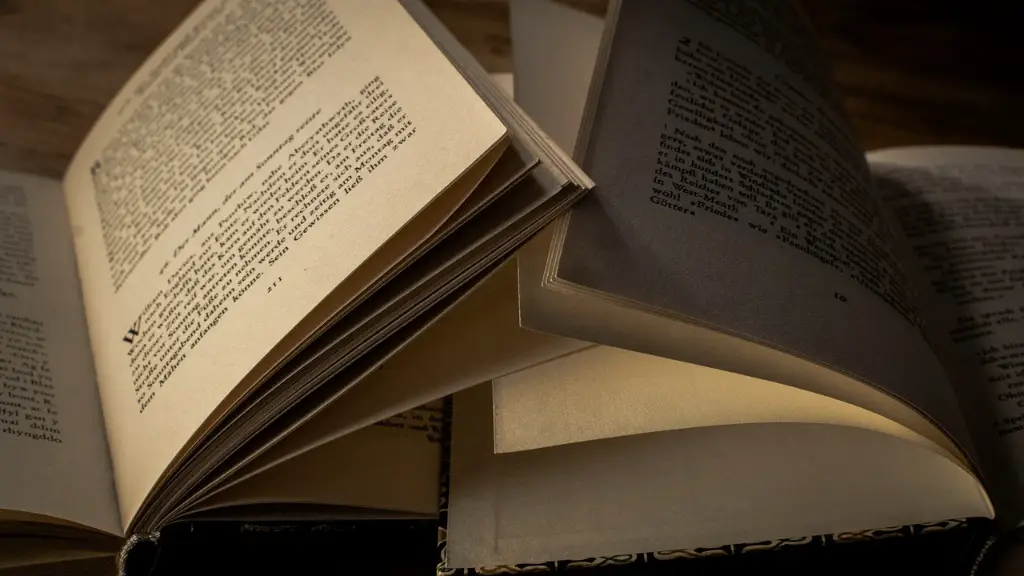Magnetic poetry is an educational tool used for creative, hands-on poetry writing. It is a set of magnetic letters, words and phrases that are stuck to a surface (usually a fridge) so the words can be rearranged into a poem. By physically sticking words to a surface, magnetic poetry encourages verbal, physical, tactile and visual learning. It is primarily used in the classroom, but is also a great way to bring a spark of creativity into the home.
A typical magnetic poetry kit consists of over 100 specially chosen words and phrases on tiny magnetic tiles. The tiles come in many colors and use a variety of fonts, capitalization, punctuation and emojis. Collectively, the set of words stretches the boundaries of language to encourage unexpected uses of everyday words. Magnetic poetry fosters creativity by allowing users to explore their word building skills and express themselves. It gives students the freedom and flexibility to push past conventional boundaries and work with words in a new, dynamic way.
The beauty of using magnetic poetry is that words are removable and reorganizable, so students can rearrange, revise and edit their work if it’s not quite right the first time. It also makes reading a poem more interactive and interesting as the readers can physically move the words around and piece a poem back together. Magnetic poetry can also be used in collaboration as lines, words and phrases can be swapped between two works. This encourages a sense of teamwork, problem-solving and compromise- brainstorming solutions to a common question.
Magnetic poetry provides an opportunity for students to delve into grammar, syntax and punctuation in unfamiliar ways. It departs from traditional academic writing and encourages students to see language as something that can be manipulated and explored. Tactically arranging words allows students to explore the structure and tone of a poem, while still having some creative freedom. The magnetic pieces also offer a range of punctuation options, which can help to change the feel and flow of the poem.
Unlike traditional forms of writing, magnetic poetry is accessible to a wide range of abilities and ages. It is a low-risk form of creative writing, as the words can be moved around and the pointers are much more forgiving than the pen and paper route. With this in mind, magnetic poetry provides a one-stop shop for learners of all abilities, to come together and express themselves.
Adopting a Magnetic Poetry Intervention
Magnetic poetry has many advantages and educators should consider adopting a magnetic poetry intervention to their classrooms. If a teacher wants to try implementing magnetic poetry in their class, the steps are simple. Firstly, the teacher should get a magnetic poetry set and familiarise themselves with it. They should plan how it’s going to fit into their syllabus and make sure the activities engage students. Explaining the rules of magnetic poetry is also important- the teacher should explain the basic principles such as the importance of phonics, grammar and punctuation etc. Lastly, they should take the time to let their students explore the pieces and create a few poems as homework.
Assessment
Evaluating the results of a magnetic poetry activity can be done in a variety of ways. Teachers can provide their students with a marking rubric and grade the poems on criteria such as grammar, structure and creativity. Peer assessment, where students can look at each other’s work and judge it against a criteria, is also an effective way of assessing a student’s work. Alternatively, teachers can keep it simple and provide verbal feedback, emphasising the positive and offering advice on areas that need more attention.
The Role of Technology
In this digital age, magnetic poetry is continuing to evolve and appears on screens across the world.Online versions of magnetic poetry can be used to engage learners of all ages in a more intuitive and interactive way. On websites such as ‘Word Blanks’, teachers can craft a template of a rhyme and assign it to students to finish. Others, such as Reddit’s magnetic poetry page, provide endless templates and activities. All of these tools foster creativity and collaboration, yet still challenge students to work with words in a new way.
How Magnetic Poetry Helps to Develop Academic Skills
Magnetic poetry is great for teaching literacy and language skills, including but not limited to decoding and phonics understanding. It is an excellent platform for introducing vocabulary to students, as the words in the set are often more diverse than the words found in classrooms. Furthermore, magnetic poetry often includes metaphors and similes, which can help to broaden a student’s understanding of language.
All this considered, writing and comparing several poems in a single activity can help to develop and practice writing skills. Seeing their works displayed on the wall, allowing students to compare their writing with others and discussing the different versions will help to naturally foster creative writing and writing technique.
Integrating with Technology
Although magnetic poetry is still often used in physical form, the use of technology can help to empower teachers and streamline processes. For example, apps such as Adobe InDesign can be used to create your own magnetic poetry set from scratch, tailored to the needs of your syllabus. Using this process, teachers can choose exactly the words, phrases and fonts that their students need.
Furthermore, technology can provide a platform for sharing and collaborating. Students can use online software to write their own poem and share it with the class. This encourages more orderly collaboration, as patterns of language, form and grammar can be spotted and are less likely to be lost in the chaos of paper and magnets.
Real-World Applications
Magnetic poetry is a great way to teach students how to express themselves in a creative, comprehensive and fun way. It allows them to break the boundaries of word-order and syntax, which can be transferred to other areas of life. In addition to being an effective way to teach language, it helps to boost confidence, problem-solving, collaboration, organisational and literacy skills.
Due to its ease of implementation, magnetic poetry is found in classrooms around the world. From kindergartens to universities, students are using their words to express themselves through poetry. It is often used in English classes, but it can also be incorporated into other subjects, such as science and art. It is also a great way to acknowledge special events, such as holidays and birthdays.
Conclusion
In conclusion, magnetic poetry is an effective and varied way to engage students and help to develop their literacy. It encourages collaboration, problem-solving and creativity whilst teaching language and grammar in a more interactive and hands-on way. It is also a great way to introduce new vocabulary, broaden creativity and allow students to express themselves. By having a simple process to follow and the help of technology, magnetic poetry is a great way to shake up classrooms of all ages.



